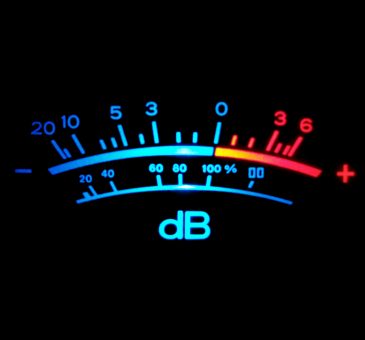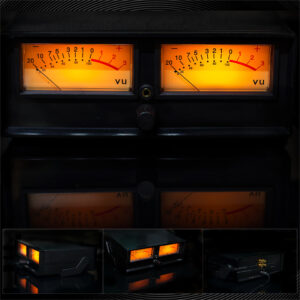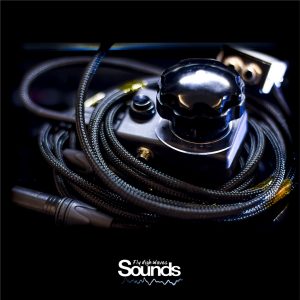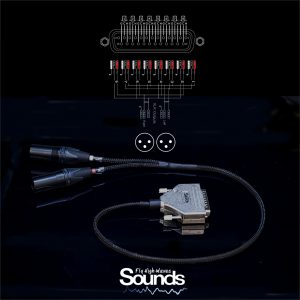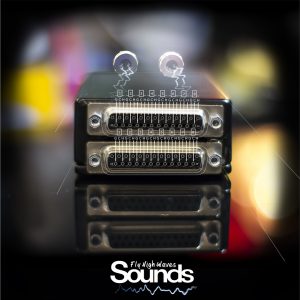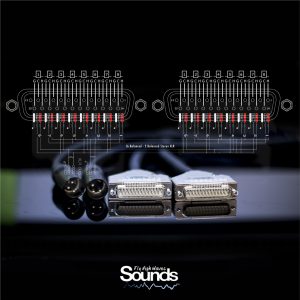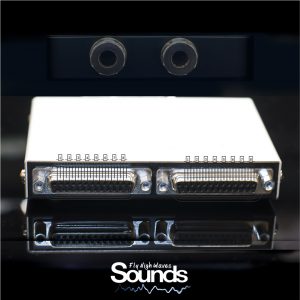Louder perceived better?
Back in 1933, two researchers at Bell Labs, Harvey Fletcher, and W.A. Munson, conducted one of the most significant experiments in psychoacoustics. Their experiment was based on a serious of tests taken by a group of listeners. Each test involved playing a test frequency followed by a reference tone of 1 kHz. The listener simply had to choose which of the two was louder. Successive tests involved either a different test frequency or different levels. Essentially, what Fletcher and Munson tried to conclude is how louder or softer different frequencies had to be in order to be perceived as loud as 1 kHz. They compiled their results and charted a graph known as the Fletcher?Munson Curves.
A chart based on the original Fletcher?Munson study is shown in Figure 2.1. I dare to present it upside-down, as it promotes similarity to the familiar frequency-response graphs like those we see on some equalizers. A similar experiment was conducted after two decades by Robinson and Dadson (resulting in the Robinson?Dadson Counters), and today we use the ISO 226 standard (which was last revised only a few years ago). The formal name for the outcome of these studies is termed equal-loudness counters. Each curve in Figure 2.1 is known as a phon curve and is titled based on the level of the 1kHz reference. To give one example how this graph is read, we can follow the 20-phon curve to see that if 1 kHz is played at 20 dBSPL, 100 Hz would need to be played at 50 dBSPL in order to appear equally loud (a 30 dB difference, which is by no means marginal). The graph also teaches us that our frequency perception has a bump around 3.5 kHz ? a fact contributed to the resonance frequency of our ear canal. Some claim that it is not by chance that within this bump falls the center frequency of a baby?s cry.

- Fly High Waves Sounds ™


